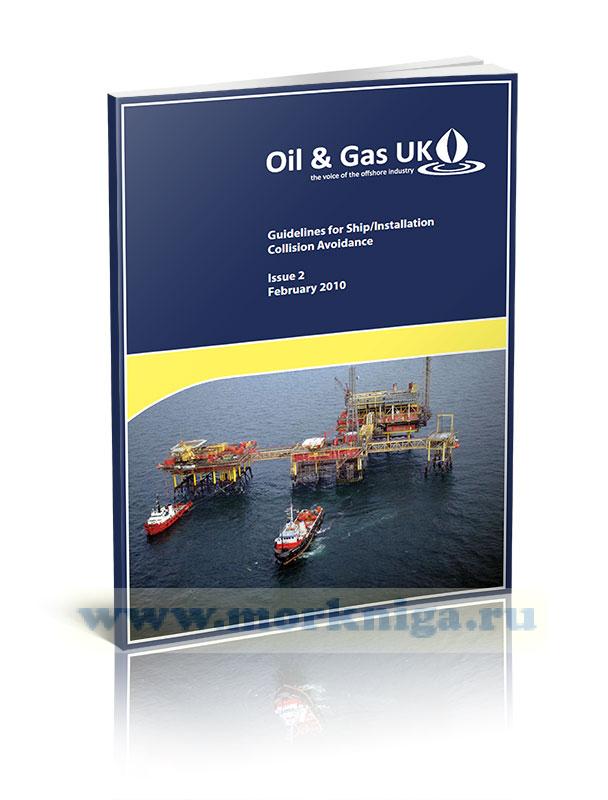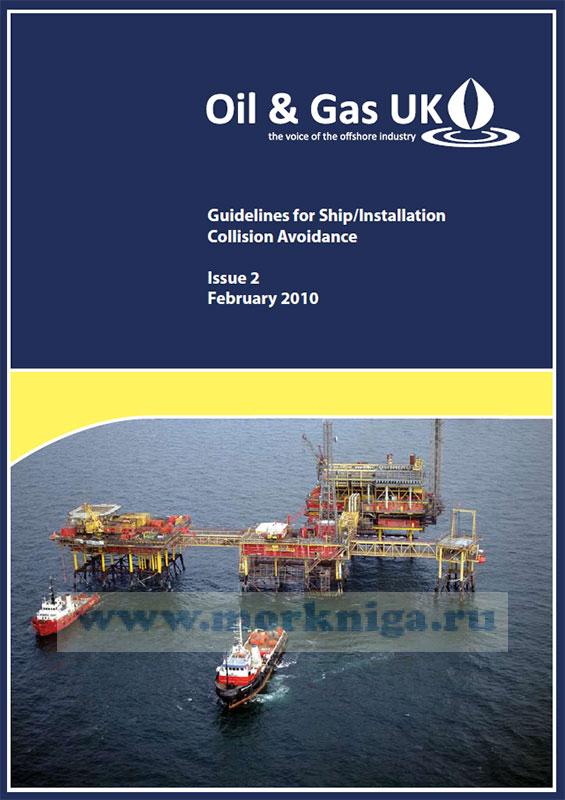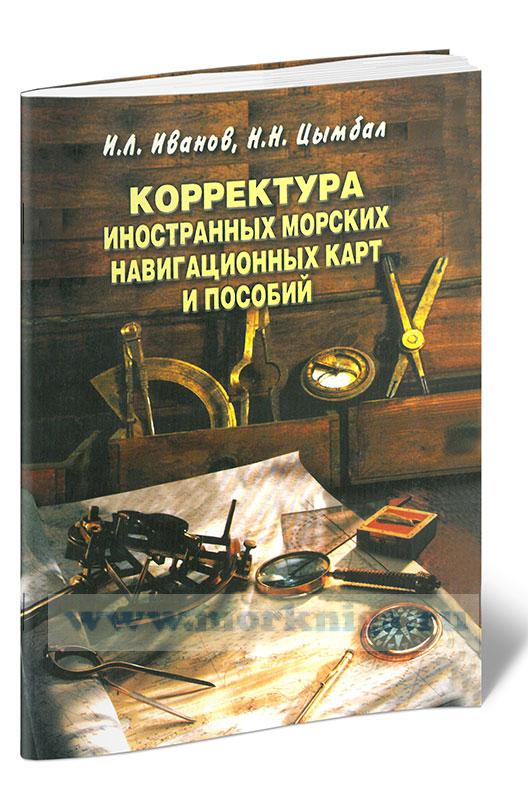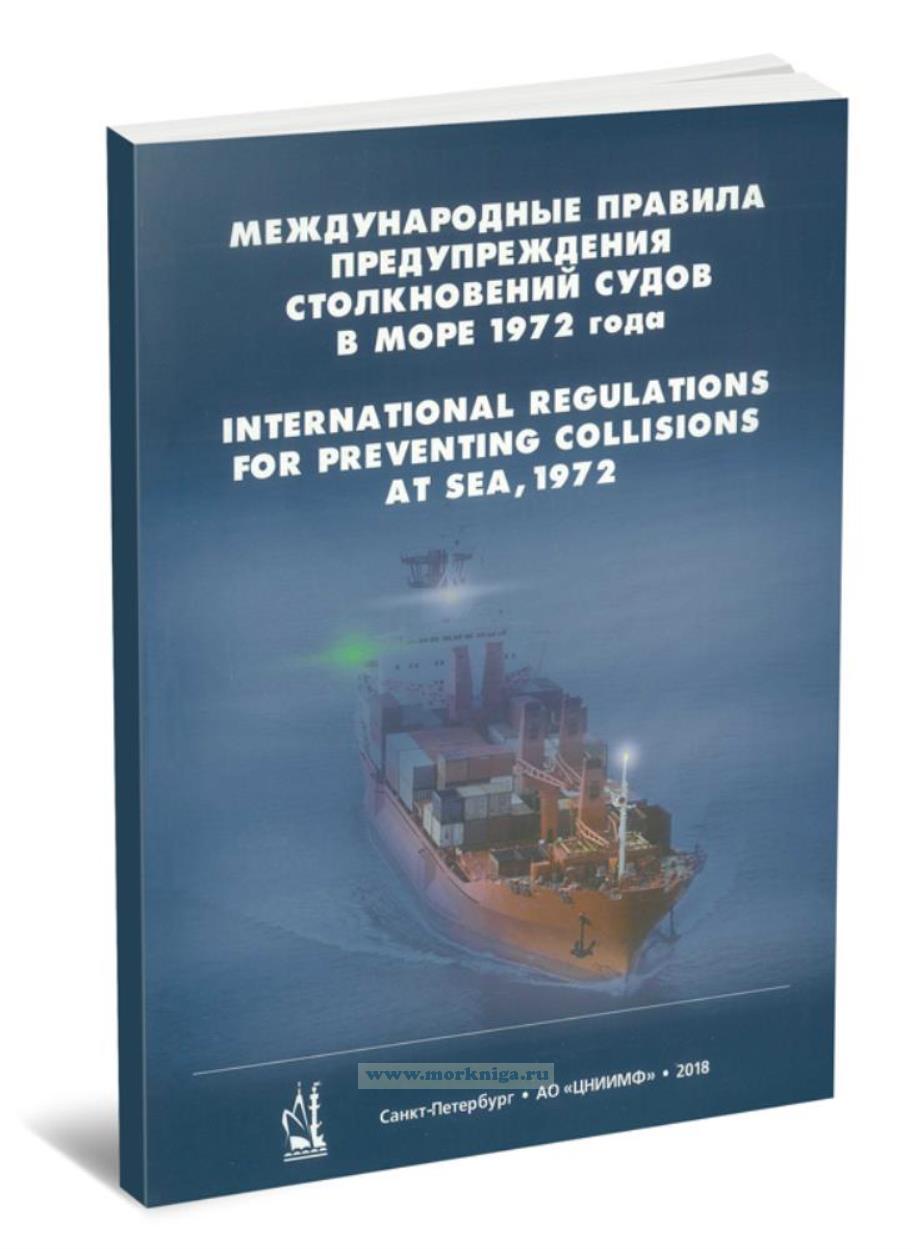Guidelines for Ship/Installation Collision Avoidance/Руководство для кораблей/Предотвращение столкновений со стационарными платформами
Издание на английском языке
By their very location, offshore installations interact with seagoing vessels. Vessels are used to move mobile installations, to supply stores and equipment, to carry out surveys and underwater maintenance, to provide safety and rescue cover. In many cases they act as the eyes of the installation. Some installations, particularly in the Southern North Sea, lie close to busy shipping routes and some may be used as unofficial navigation marks. Hence it is reasonably foreseeable that passing vessels or vessels working in the area may collide with an installation. This document offers guidance on reducing the probability of such collisions and also offers guidance on effective response if a collision does occur. It was originally developed by UKOOA in 2002. It has been updated in 2010 by Oil & Gas UK with input from HSE and other stakeholders.
Contents
Introduction
Purpose and Scope
Contributing Organisations
Abbreviations
1. Collision Risk Management Systems
1.1 Applicable Regulations and Guidance
1.2 Responsibilities
1.3 Key Elements
2. Background and Overview
2.1 Introduction
2.2 Probability of Collision
2.3 Passing Vessels
2.4 Fishing Vessels
2.5 Attendant Vessels
2.6 Offtake Tankers
2.7 Contingency Planning and Procedures
2.8 Incident and Near Miss Reporting
2.9 Reporting and Follow-up
2.10 Auditing
2.11 Performance Standards
3. Passing Vessels
3.1 Introduction
3.2 Assessing the Potential for Collision
3.3 Reducing the Probability of Collision
3.4 Collision Avoidance Measures
4. Attendant Vessels
4.1 Introduction
4.2 Assessing the Potential for Collision
4.3 Reducing the Probability of Collision
4.4 Measures to Reduce the Risk of Collisions and Mitigate the Consequences
4.5 Contingency Plans
4.6 Follow-up
5. Offtake Tankers
5.1 Applicable Guidance
5.2 Assessing the Potential for Collision
5.3 Reducing the Probability of Collision
5.4 Collision Avoidance Measures
Addenda
1. Glossary of Terms
2. Promulgation & Detection - Passing Vessels
A. Considerations and Precautions
3. Detection Systems
A. Civil Marine Radar (CMR)
B. Hybrid Radar Systems
C. Radar Early Warning Systems (REWS)
D. Automatic Identification Systems (AIS)
E. Summary
4. Systems Audits
A. System Management
B. Passing Vessel Arrangements
C. Attendant Vessel Arrangements
D. Offtake Tanker Arrangements
5. Vessel Suitability & Inspection Formats
A. Common Marine Inspection Document - IMCA
B. Offshore Vessel Inspection Database - OCIMF
C. Fitness for Purpose Inspection
D. Annual DP Audit - IMCA
E. SIRE - Ship Inspection Report Programme - OCIMF
6. Field Checklists
A. Pre-field Entry
B. OSV Checklist when working with an FPSO
C. Offtake Tanker Checklists
7. Approaching Vessel Monitoring Template
8. References including Relevant Codes & Regulations
A. Health and Safety at Work
B. Collision Risk Management
C. General
D. Passing Vessels
E. Attendant Vessels
F. FPSO/FSUs & Offtake Tankers
9. Ship Collision & Consequences Assessment Tools
A. Route Data Bases
B. Collision Models
C. Vessel Impacts - Guidance on Loads and Consequences
10. Contact Details for Relevant Organisations


 Корректура иностранных морских навигационных карт и пособий
Корректура иностранных морских навигационных карт и пособий  Компьютерная астронавигация. Теоретические основы. Примеры решения задач. Расчет точности
Компьютерная астронавигация. Теоретические основы. Примеры решения задач. Расчет точности  МППСС-72. Международные правила предупреждения столкновения судов в море, 1972 г. (английский/русский текст)
МППСС-72. Международные правила предупреждения столкновения судов в море, 1972 г. (английский/русский текст)